
The Rise of the Global Genome Editing Market
Genome editing or gene editing is a genetic engineering technique that enables the modification of a single gene or a set of genes within the genome of an organism by altering the nucleotide sequence.
The rapid evolution of CRISPR-based tools has significantly led to the market expansion, with applications across healthcare, agriculture, and biotech R&D.
Market Size and Forecast
In 2024, the Global Genome Editing Market was valued at $9.64 billion and is expected to grow and reach to $24.58 billion by 2030.
The global market is expected to grow at an approximate CAGR of 16.9% during the forecasted period 2024-2030.
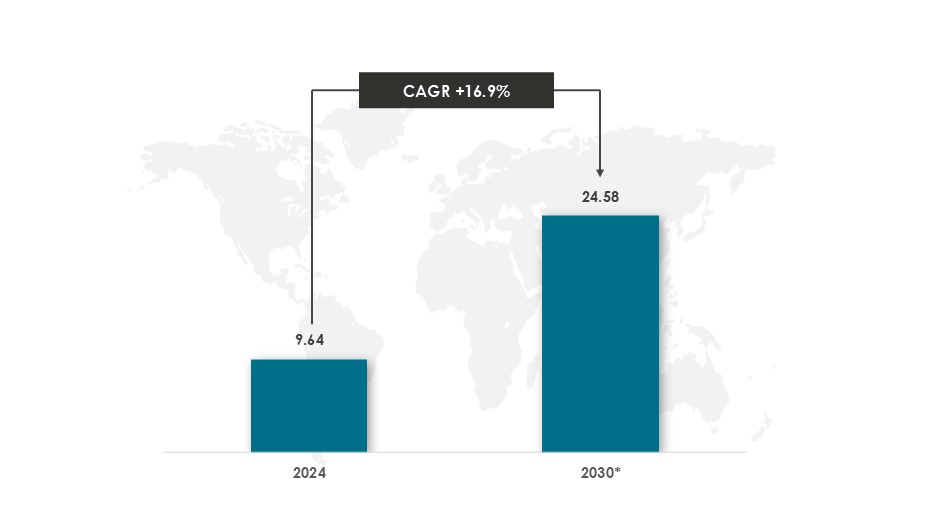
Advances in clinical gene therapies and growing applications in agriculture are accelerating the growth of the genome editing market.
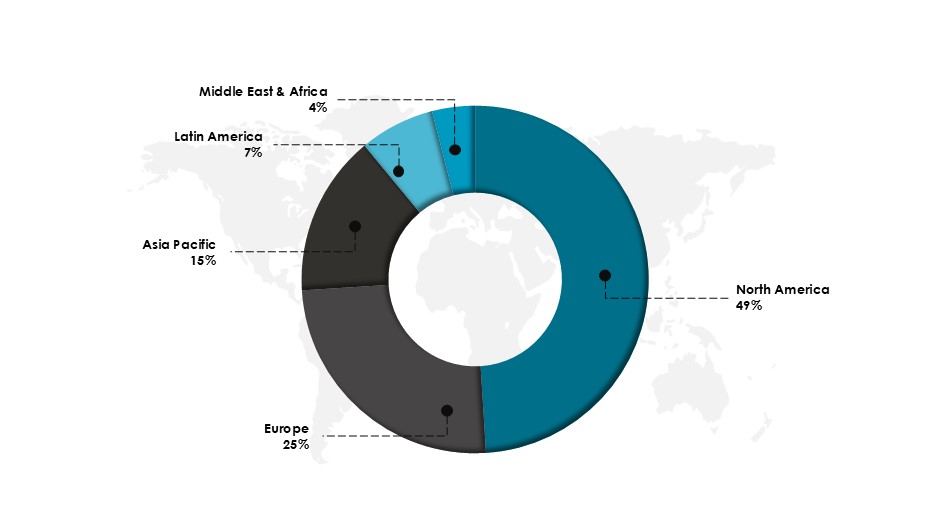
Market Recent Trends
Integration of AI
In 2025. AI tools have been instrumental in discovering small gene-editing proteins and predicting heat-tolerant RNA molecules, which have practical applications in therapy delivery and biomanufacturing.
AI algorithms are increasingly being integrated into CRISPR-based gene editing to predict the most effective guide RNA/DNA sequences, thereby improving editing precision and reducing off-target effects.
Rapid Growth in Cell Line Engineering
The demand for engineered cell lines is propelled by their use in drug discovery, manufacturing, and the development of cell and gene therapies, with CRISPR accelerating the creation of isogenic cell models for research and validation.
Cell line engineering is a booming application area, accounting for 55.1% of the genome editing market in 2025.
Bridge RNA Technique
In 2024, Researchers at the Arc Institute have developed the “bridge RNA” method, a novel gene-editing technique that allows for precise genetic modifications without breaking DNA strands.
This approach functions such as a “word processor” for the genome, enabling sequence-specific insertions and alterations.
Increased Collaborations and Partnerships
The genome editing market is witnessing a surge in collaborations between industry players, academic institutions, and research organizations.
For Example, In 2024, Danaher Corporation collaborated with the Innovative Genomics Institute (IGI) to develop CRISPR-based therapies for rare genetic disorders.
In 2023, Cellectis and AstraZeneca entered into a collaboration agreement to accelerate advanced therapeutics development in oncology and immunology.
Expansion of Genome Editing Applications
Beyond therapeutic applications, genome editing technologies, particularly CRISPR-based systems, are expanding into diagnostics.
In Agriculture, AI-enhanced CRISPR techniques are being employed to develop gene-edited crops with improved traits. For example, an Australian trial is testing gene-edited wheat that aims to increase yields by 10%.
Market End-Use Statistics
In 2024, the largest segment in the End-use share of genome editing market was Biotechnology & Pharmaceutical Companies at 60.2%, followed by Academic & Government Research Institutes at 24.6%, and Contract Research Organizations at 15.2%.
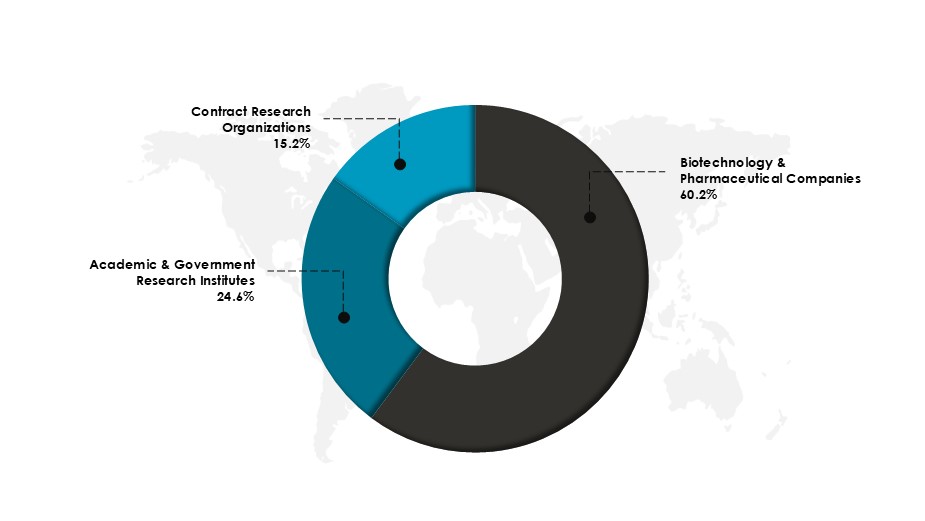
The increasing use of personalized medicine and rising cases of genetic disorders and cancer are driving demand for precise genome editing tools in biotech and pharma.
Market Delivery Method Insights
In 2024, the Ex-vivo segment dominated the genome editing market, accounting for 63.7% of the total share; the In-vivo segment accounted for the remaining 36.3%. This growth was primarily driven by its expanding application in therapeutic areas.
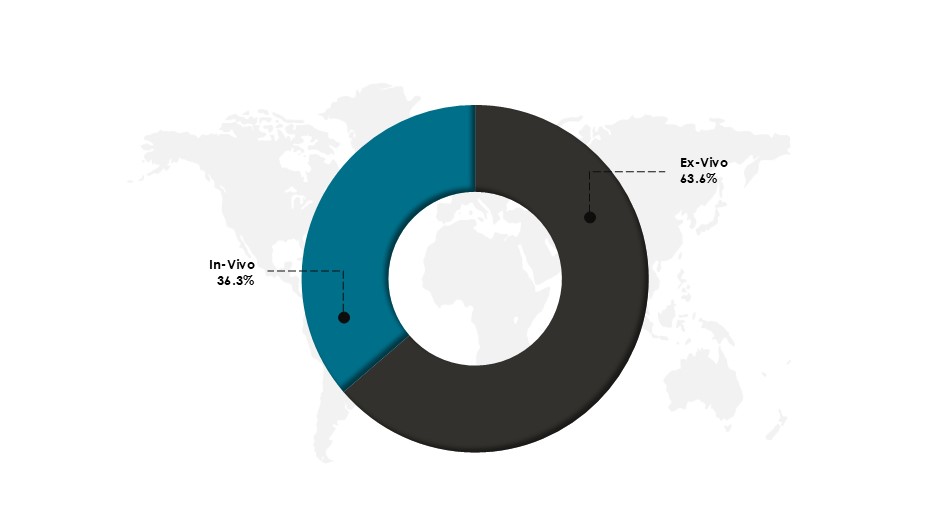
The ex-vivo method is expected to see growing demand for personalized treatments, especially in cancer immunotherapy and rare genetic disorders, where cell-specific edits enhance treatment outcomes.
Market Application Statistics
In 2024, the largest segment in the Application share of genome editing market was Cell Line Engineering (55.1%), followed Animal Genetic Engineering (23.8%), Plant Genetic Engineering at (11.2%), and Others (9.9%).
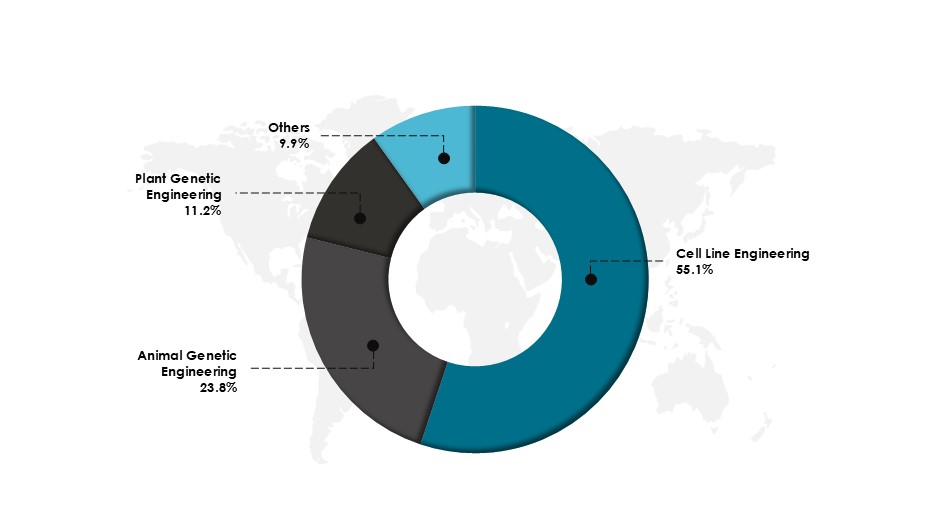
Advancements in editing technologies such as Zinc Finger Nucleases (ZFNs), CRISPR/Cas, and TALENs have significantly reduced the cost and enhanced the efficiency of cell engineering processes.
Market Technology Insights
In 2024, the CRISPR/Cas9 led the genome editing technology segment, accounting for 72.8, followed Animal Genetic Engineering (72.8%), Zinc Finger Nucleases (14.7%), TALENs (6.7%) and Others (5.8%).
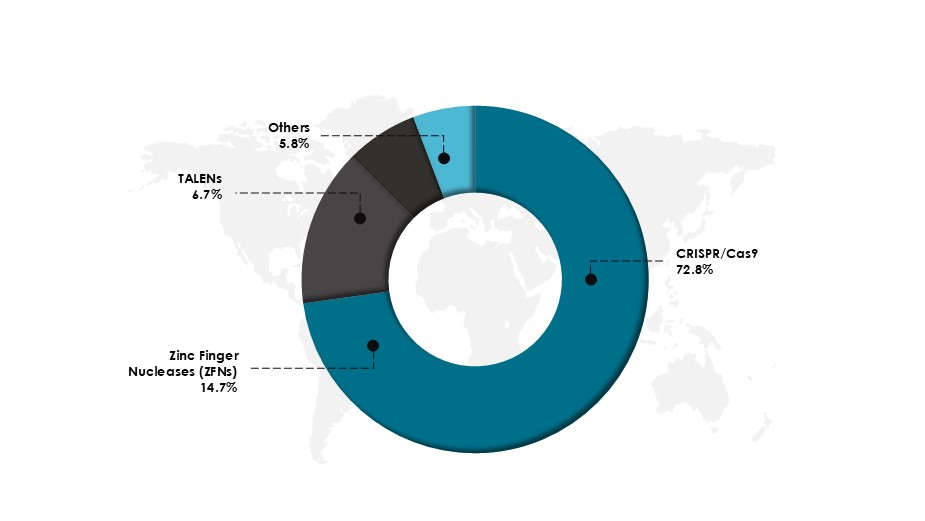
The widespread use of CRISPR/Cas9 can be attributed to its simplicity, affordability, and suitability for applications such as genetic disorder research and drug discovery.
Stay tuned to Innovius Research for ongoing market insights and data-driven analysis.
Data Sources: Market.Us, Nova One Advisor, Roots Analysis, Colossal Inc., Reuters, Grand View Research, The New Yorker and others.
Read more on Biotechnology
Other Market Insights

